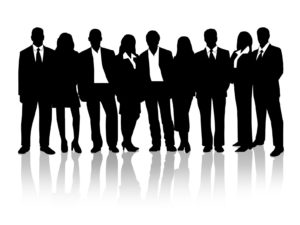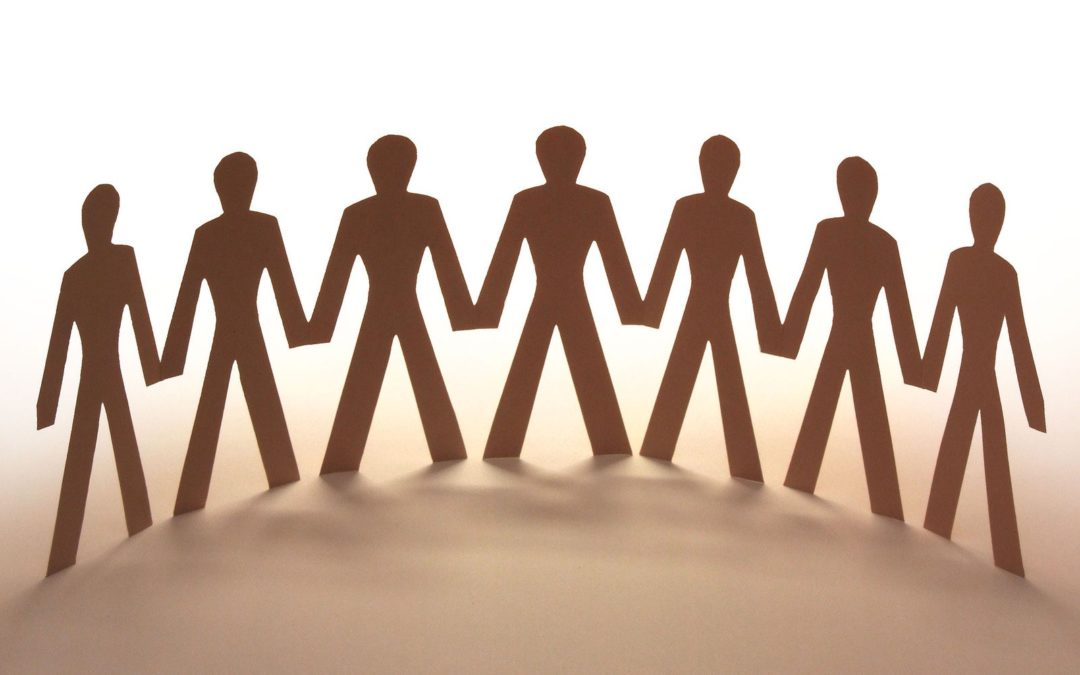A social issue is a problem that influences a considerable number of the individuals within a society. It is often the consequence of factors extending beyond an individual’s control, and is the source of a conflicting opinion on the grounds of what is perceived as a morally just personal life or societal order. Social issues are distinguished from economic issues; however, some issues (such as immigration) have both social and economic aspects. There are also issues that don’t fall into either category, such as warfare.
There can be disagreements about what social issues are worth solving, or which should take precedence. Different individuals and different societies have different perceptions.
In Rights of Man and Common Sense, Thomas Paine addresses individual’s duty to “allow the same rights to others as we allow ourselves”. The failure to do so caused the birth of a social issue.
There are a variety of methods people use to combat social issues. Some people vote for leaders in a democracy to advance their ideals. Outside the political process, people donate or share their time, money, energy, or other resources. This often takes the form of volunteering. Nonprofit organizations are often formed for the sole purpose of solving a social issue. Community organizing involves gathering people together for a common purpose.

A distinct but related meaning of the term “social issue” (used particularly in the United States) refers to topics of national political interest, over which the public is deeply divided and which are the subject of intense partisan advocacy, debate, and voting. Examples include same-sex marriage and abortion. In this case “social issue” does not necessarily refer to an ill to be solved, but rather to a topic to be discussed.
Versus personal issues
Personal issues are those that individuals deal with themselves and within a small range of their peers and relationships. On the other hand, social issues involve values cherished by widespread society. For example, a high unemployment rate that affects millions of people is a social issue.
The line between a personal issue and a public issue may be subjective and depends on how groups are defined. However, when a large enough sector of society is affected by an issue, it becomes a social issue. Returning to the unemployment issue, while one person losing their job is a personal and not a social issue, firing 13 million people is likely to generate a variety of social issues.
Valence issues versus position issues
A valence issue is a social problem that people uniformly interpret the same way. These types of issues generally generate a widespread consensus and provoke little resistance from the public. An example of a valence issue would be child abuse, which is condemned across several societies to a large enough degree that some social scientists might speak of them as though they are universal, for the sake of illustration.
By contrast, a position issue is a social problem in which the popular opinion among society is divided. Different people may hold different and strongly-held views, which are not easily changed. An example of a position issue is abortion, which has not generated a widespread consensus from the public, in some countries.

Public health
Widespread health conditions (often characterized as epidemics or pandemics) are of concern to society as a whole. They can harm quality of life and the ability of people to contribute to society and to work, and most problematically result in death.
Infectious diseases are often public health concerns because they can spread quickly and easily, affecting large numbers of members. The World Health Organization has an acute interest in combatting infectious disease outbreaks by minimizing their geographic and numerical spread and treating the affected. Other conditions for which there is not yet a cure or even effective treatment, such as dementia, can be viewed as public health concerns in the long run.
Age and the life course
Throughout the life course, there are social problems associated with different ages. One such social problem is age discrimination. An example of age discrimination is when a particular person is not allowed to do something or is treated differently based on age.
Social inequality
Main article: Social inequality
Social inequality is “the state or quality of being unequal”. Inequality is the root of a number of social problems that occur when things such as gender, disability, race, and age may affect the way a person is treated. A past example of inequality as a social problem is slavery in the United States. Africans brought to America were often enslaved and mistreated, and did not share the same rights as the white population of America (for example, they were not allowed to vote).
A number of civil rights movements have attempted to, and often succeeded at, advancing equality and extending rights to previously marginalized groups. These include the women’s rights movement (beginning around the 1920s), the civil rights movement in the United States for African-American equality (beginning around the 1950s) and the LGBT rights movement (beginning around the 1960s).

Education and public schools
Main article: Educational inequality
Education is arguably the most important factor in a person’s success in society. As a result, social problems can be raised by the unequal distribution of funding between public schools, such as that seen in the United States. The weak organizational policy in the place and the lack of communication between public schools and the federal government has begun to have major effects on the future generation. Public schools that do not receive high standardized test scores are not being funded sufficiently to actually reach the maximum level of education their students should be receiving.
Work and occupations
Social problems in the workplace include occupational stress, theft, sexual harassment, wage inequality, gender inequality, racial inequality, health care disparities, and many more.
Environmental racism
Environmental racism exists when a particular place or town is subject to problematic environmental practices due to the racial and class components of that space. In general, the place or town is representative of lower income and minority groups. Often, there is more pollution, factories, dumping, etc. that produce environmental hazards and health risks which are not seen in more affluent cities.
Abortion
The abortion debate is the ongoing controversy surrounding the moral, legal, and religious status of induced abortion. The sides involved in the debate are the self-described “pro-choice” and “pro-life” movements. “Pro-choice” emphasizes the right of women to decide whether to terminate a pregnancy. “Pro-life” emphasizes the right of the embryo or fetus to gestate to term and be born. Both terms are considered loaded in mainstream media, where terms such as “abortion rights” or “anti-abortion” are generally preferred. Each movement has, with varying results, sought to influence public opinion and to attain legal support for its position, with small numbers of anti-abortion advocates sometimes using violence.
For many people, abortion is essentially a moral issue, concerning the commencement of human personhood, the rights of the fetus, and a woman’s rights over her own body. The debate has become a political and legal issue in some countries with anti-abortion campaigners seeking to enact, maintain and expand anti-abortion laws, while abortion rights campaigners seeking the repeal or easing of such laws while expanding access to abortion. Abortion laws vary considerably between jurisdictions, ranging from outright prohibition of the procedure to public funding of abortion. Availability of safe abortion also varies across the world.
A number of social issues have taken prominence in the history of the United States. Many have waxed or waned over time as conditions and values have changed. The term “social issue” has a broad meaning in the United States, as it refers not only to ills to be solved but to any topic of widespread debate, involving deeply-held values and beliefs.
Crime and the justice system
In the United States, the federal prison system has been unable to keep up with the steady increase of inmates over the past few years, causing major overcrowding. In the year 2012, the overcrowding level was 41 percent above “rated capacity” and was the highest level since 2004.]
The federal prison not only has overcrowding, but also has been the center of controversy in the U.S regarding the conditions in which the prisoners are treated.
Hate crimes
Hate crimes are a social problem in the United States because they directly marginalize and target specific groups of people or specific communities based on their identities. Hate crimes can be committed as the result of hate-motivated behavior, prejudice, and intolerance due to sexual orientation, gender expression, biological sex, ethnicity, race, religion, disability, or any other identity.
Hate crimes are a growing issue especially in school settings because of the young populations that exist. The majority of victims and perpetrators are teenagers and young adults, the population that exists within educational institutions. Hate crimes can result in physical or sexual assaults or harassment, verbal harassment, robbery, or even in death.
[wiki ]https://en.wikipedia.org/wiki/Social_issue
No doubt, the United States is a powerful country in the world today. It has made its mark in the history by building a strong economy that every other nation envies, and idolizes as well. But, all that glitters is not gold. And every country has its pluses and minuses. There are some serious social issues in the United States as well that need to be dealt with to maintain the position of power and prestige, and set a true example of ideal society in the world.


Recent Comments